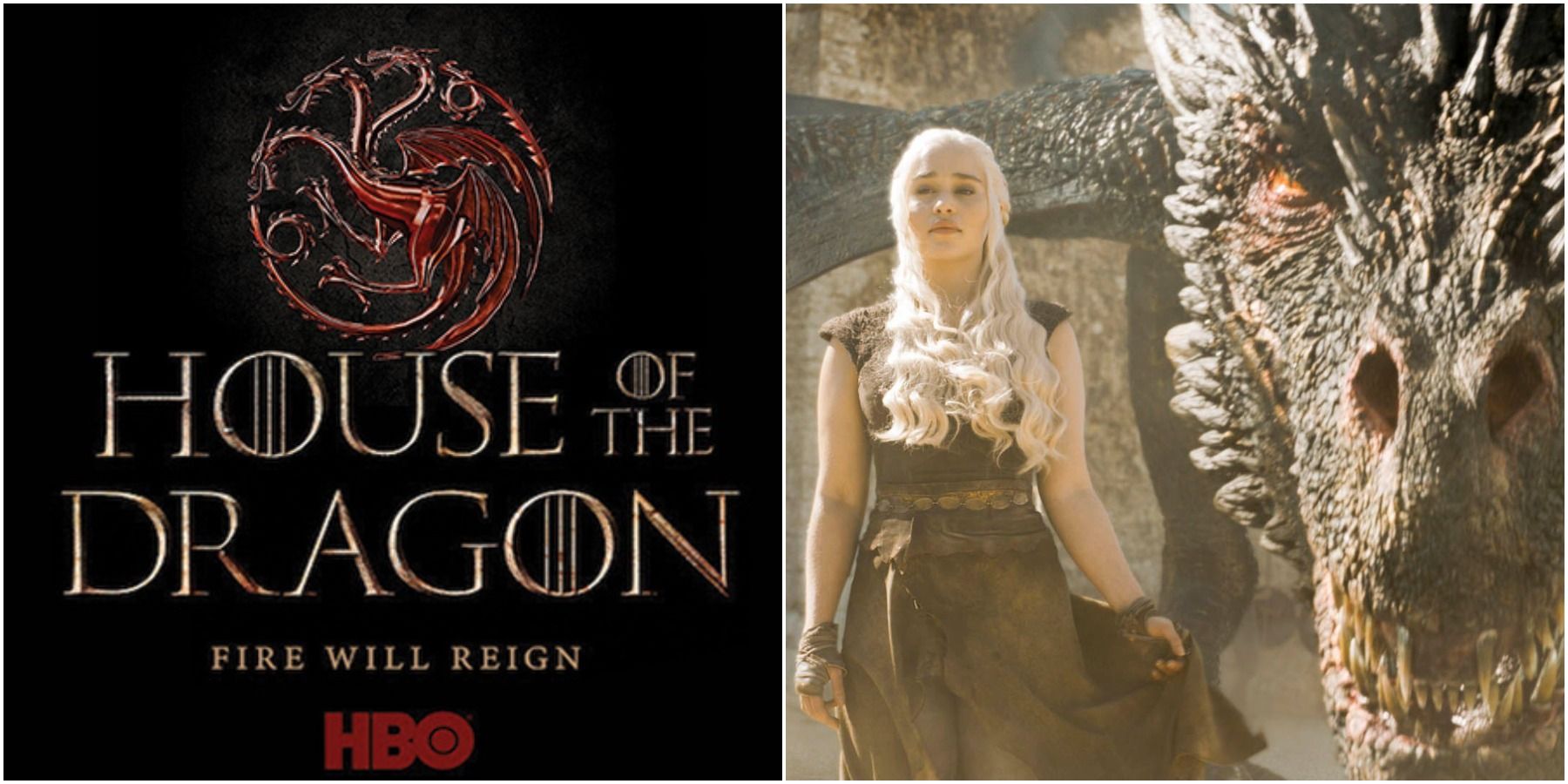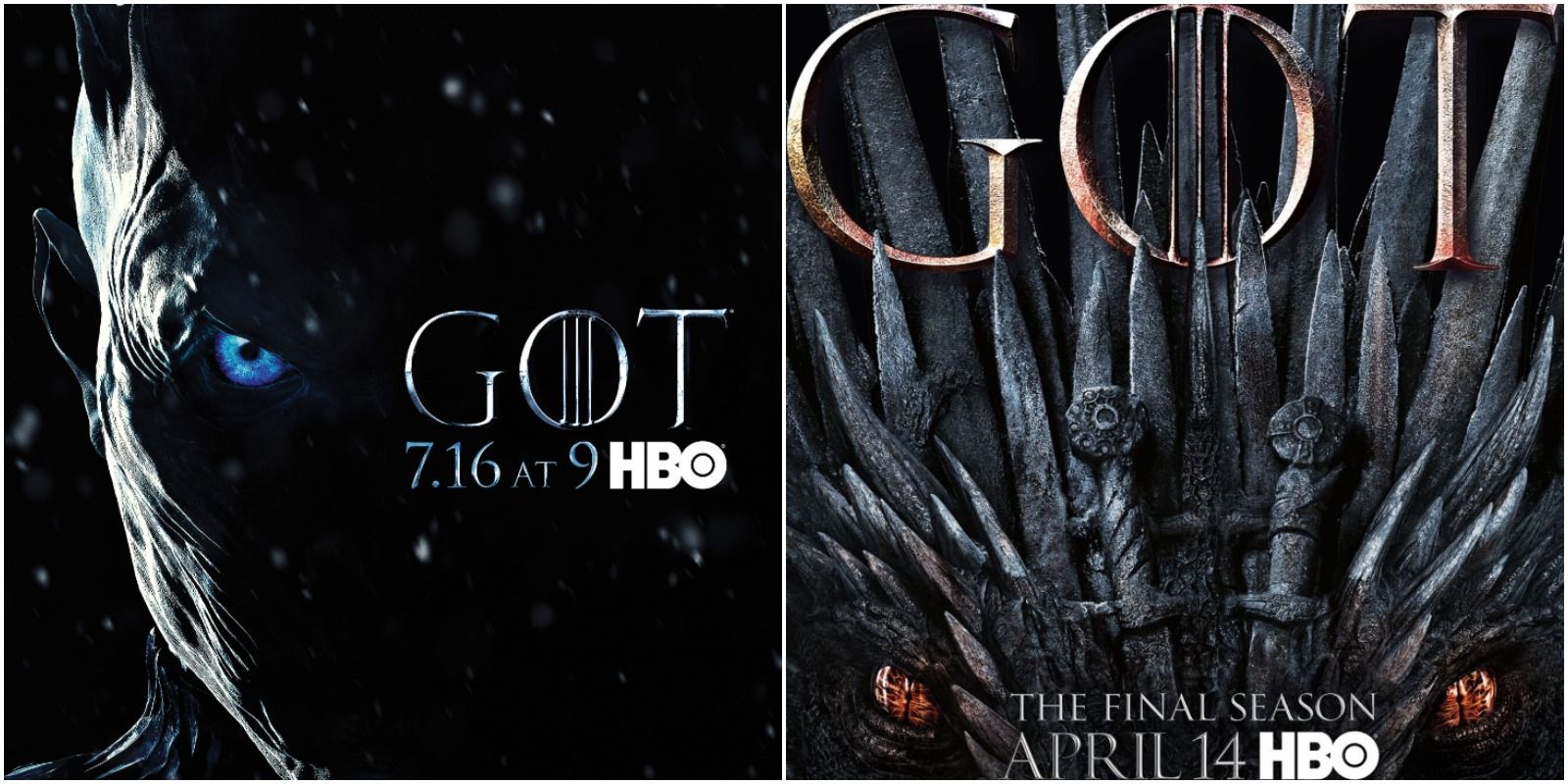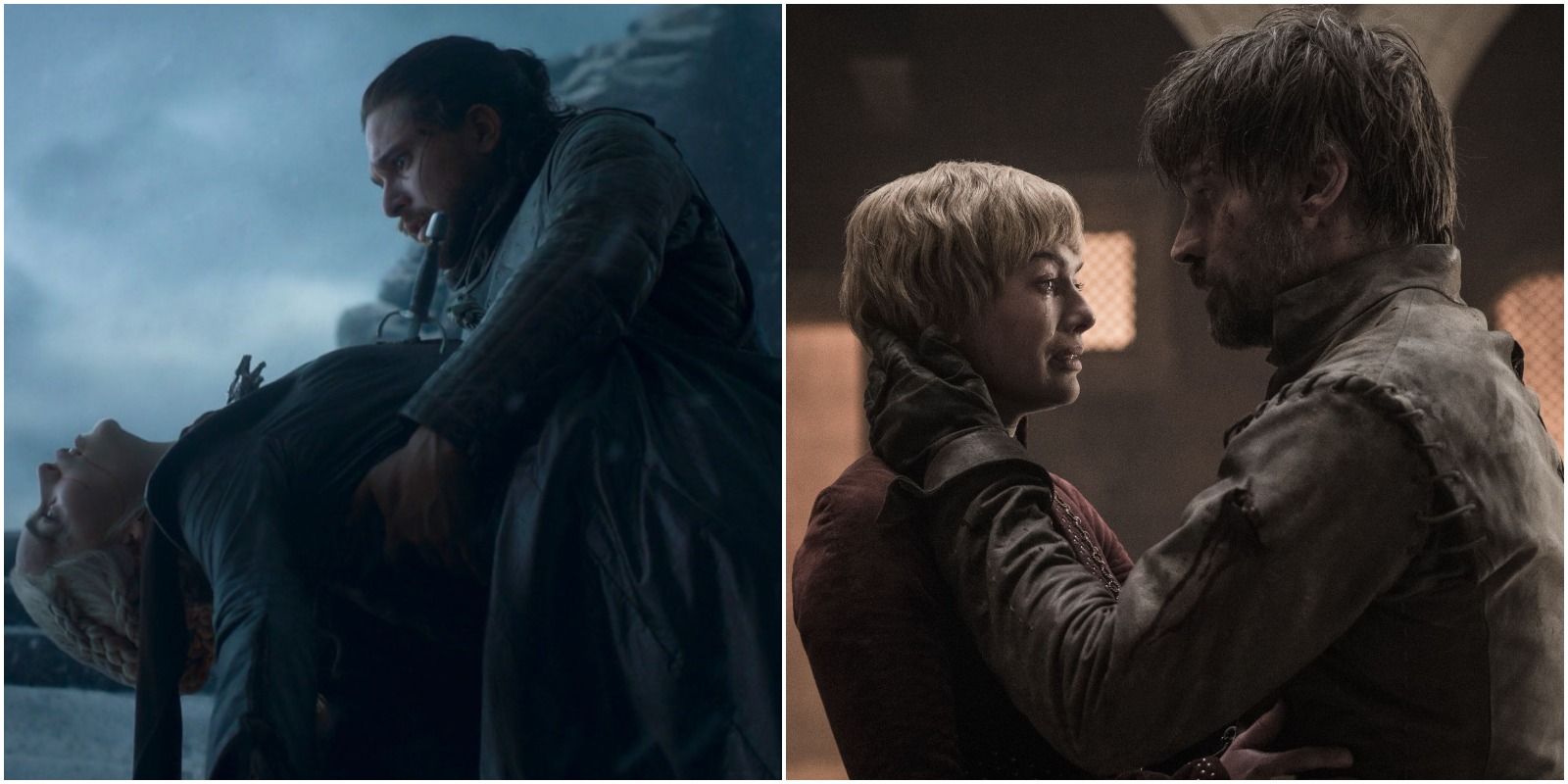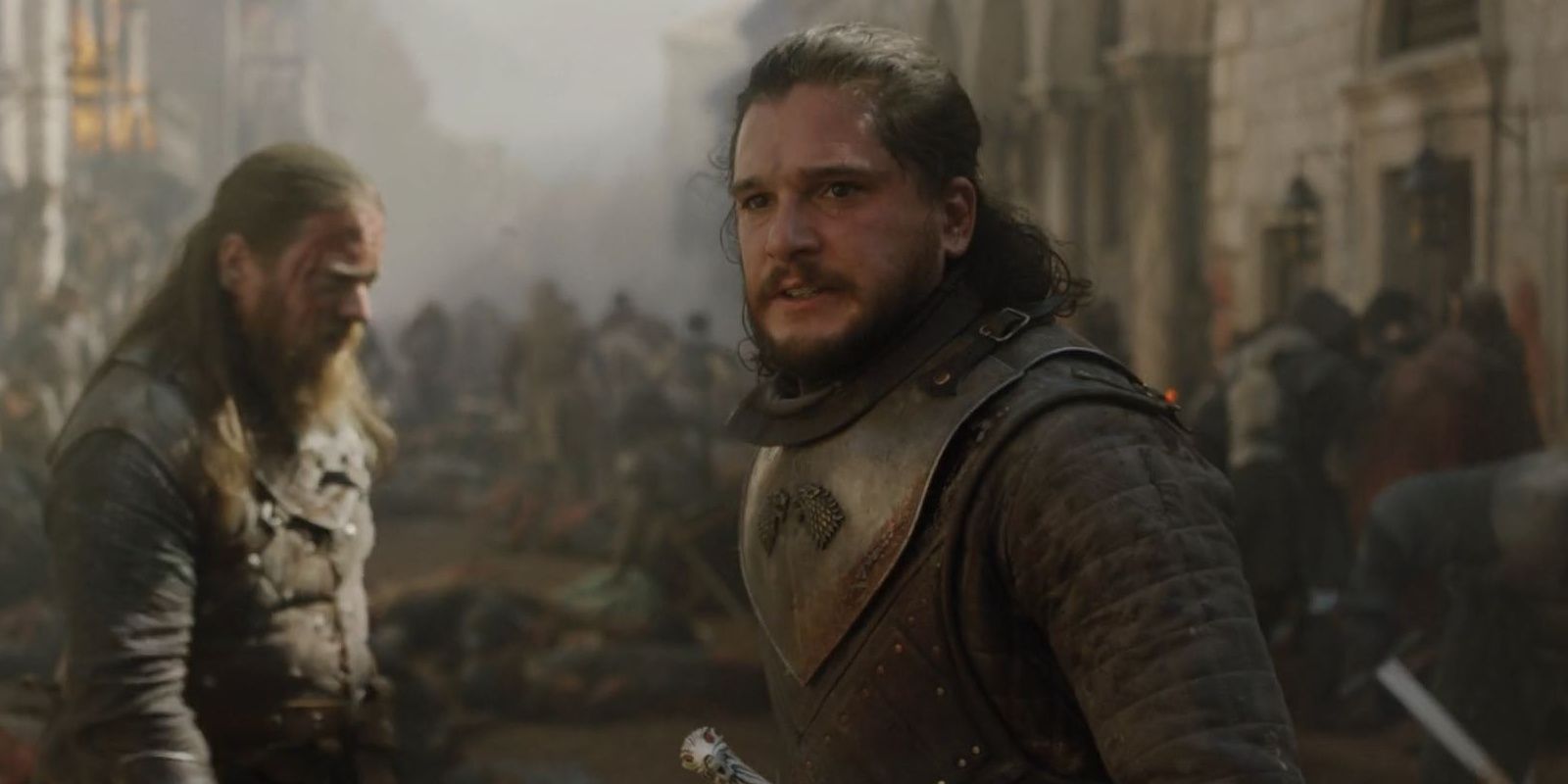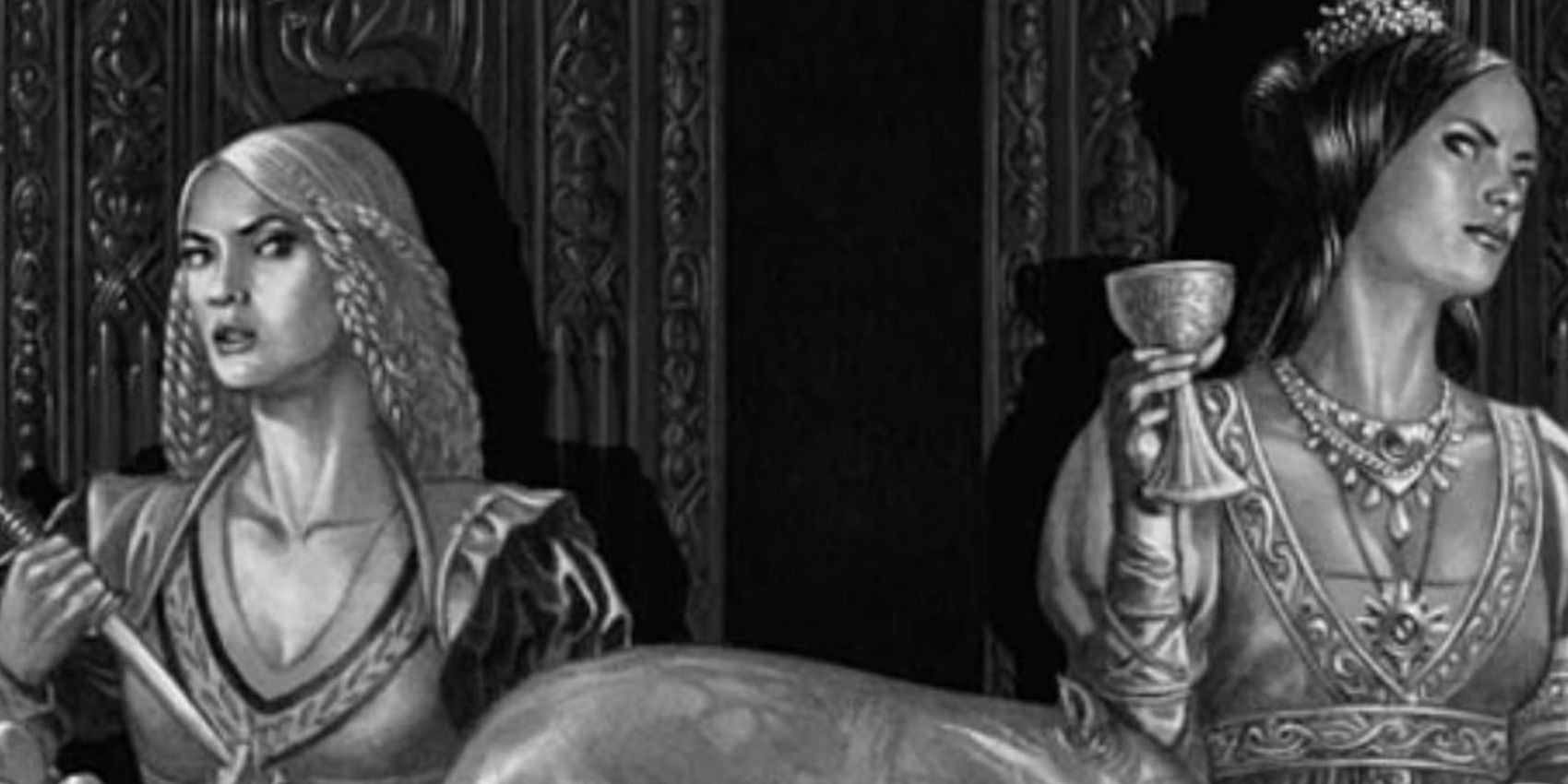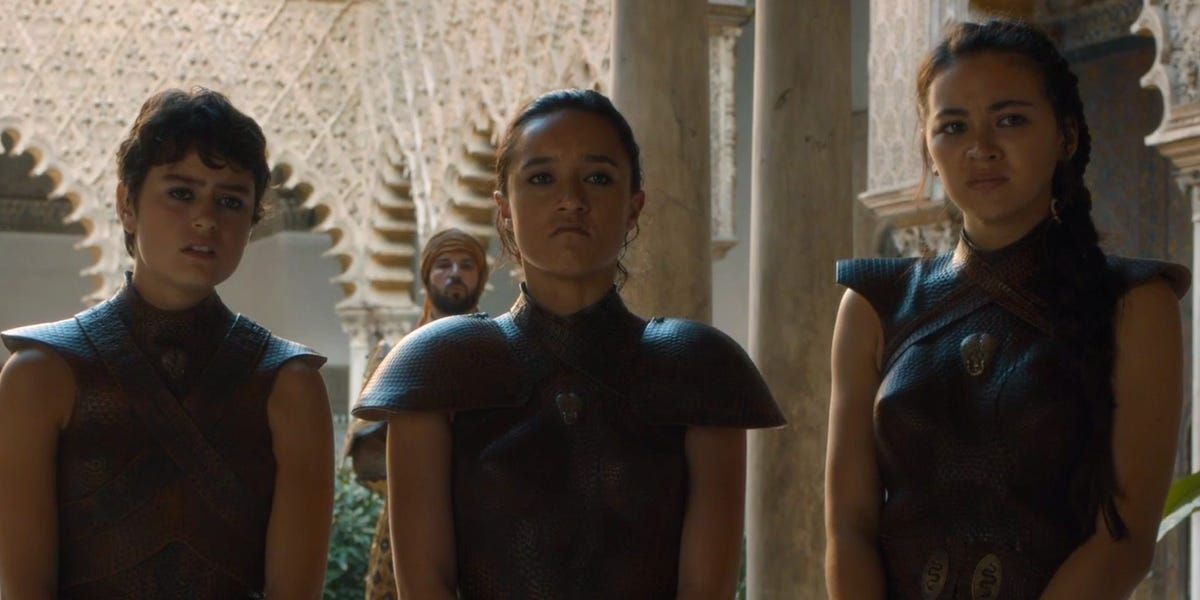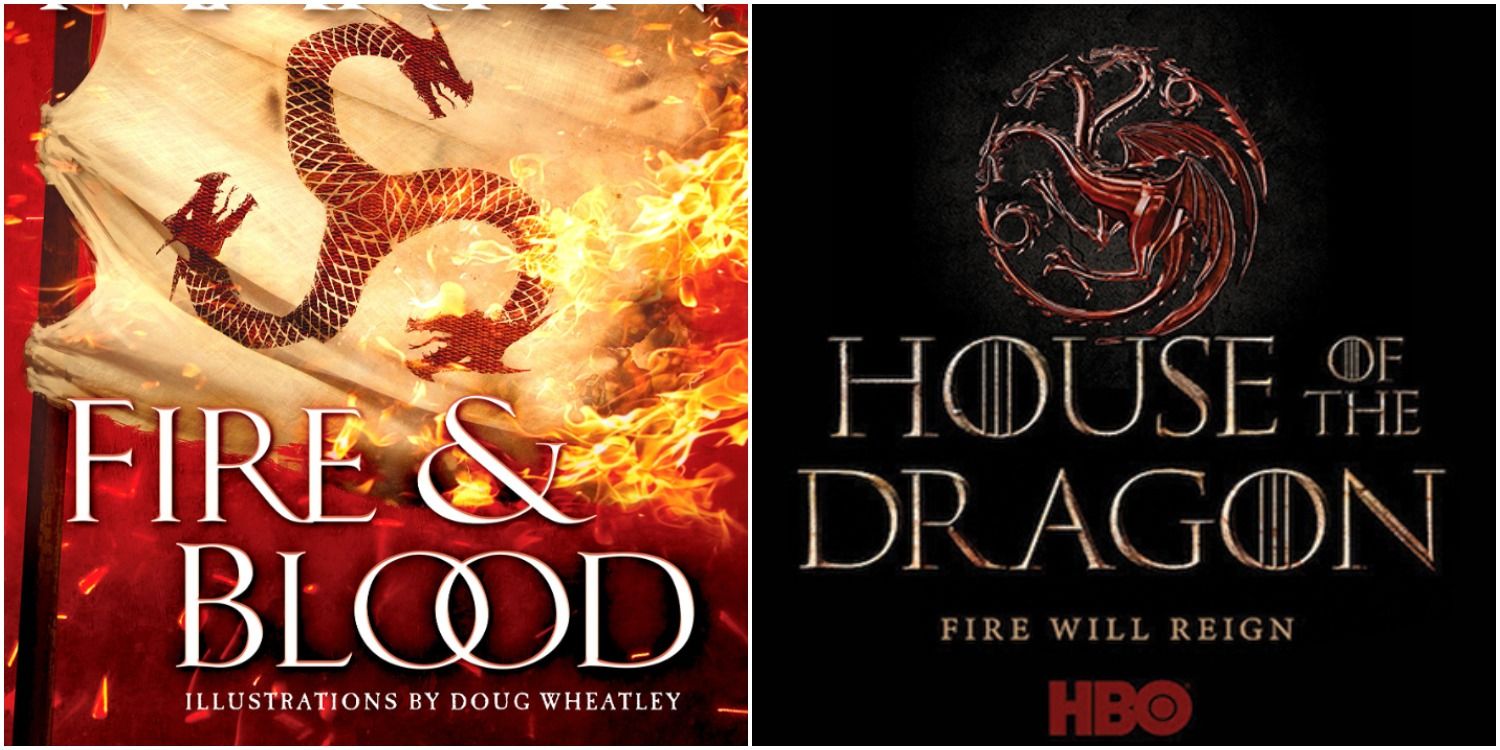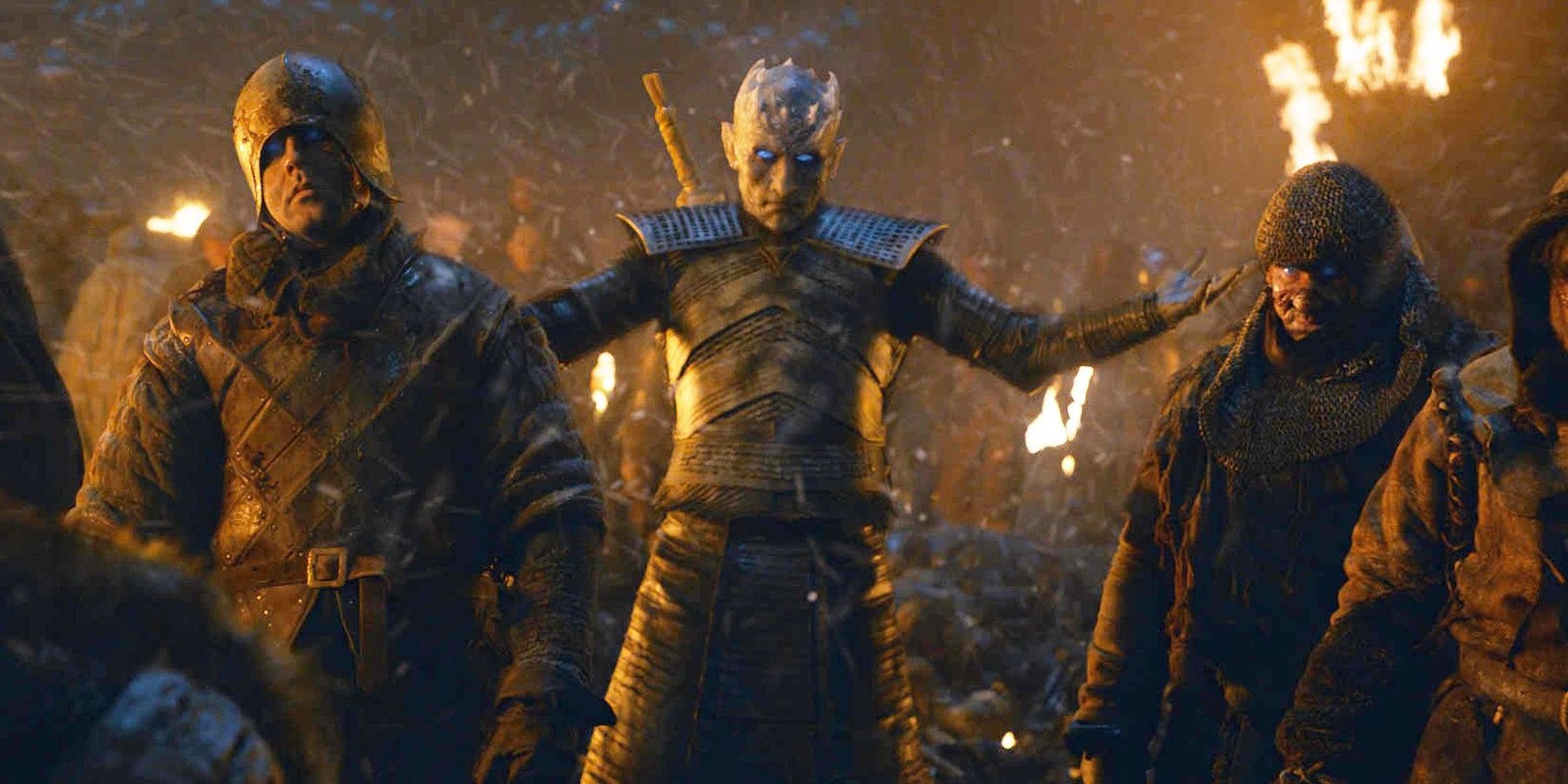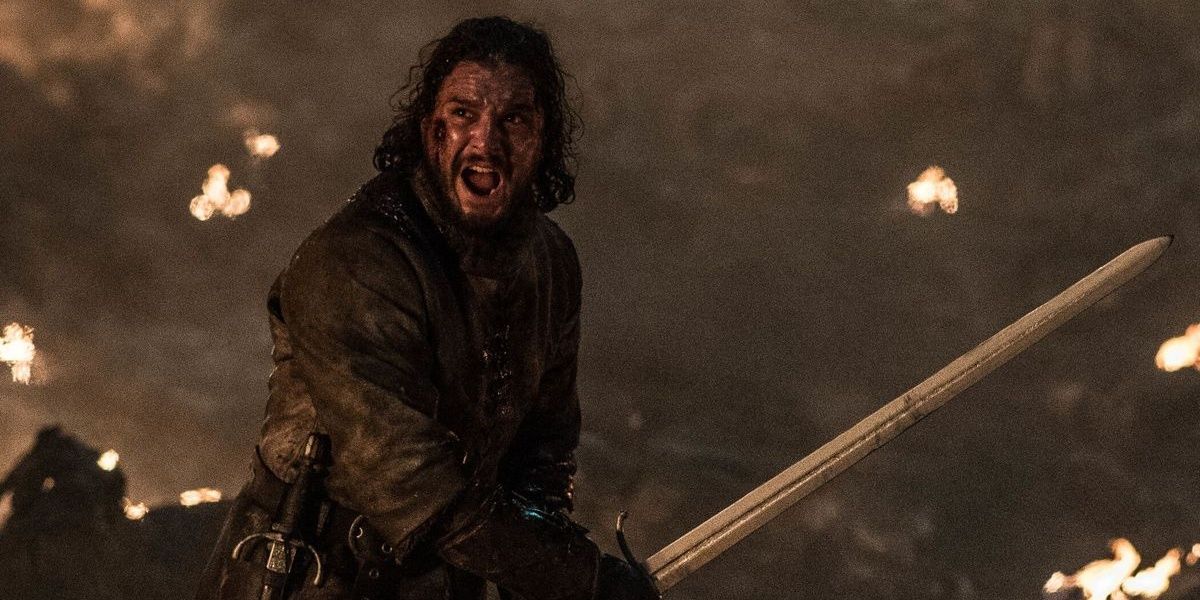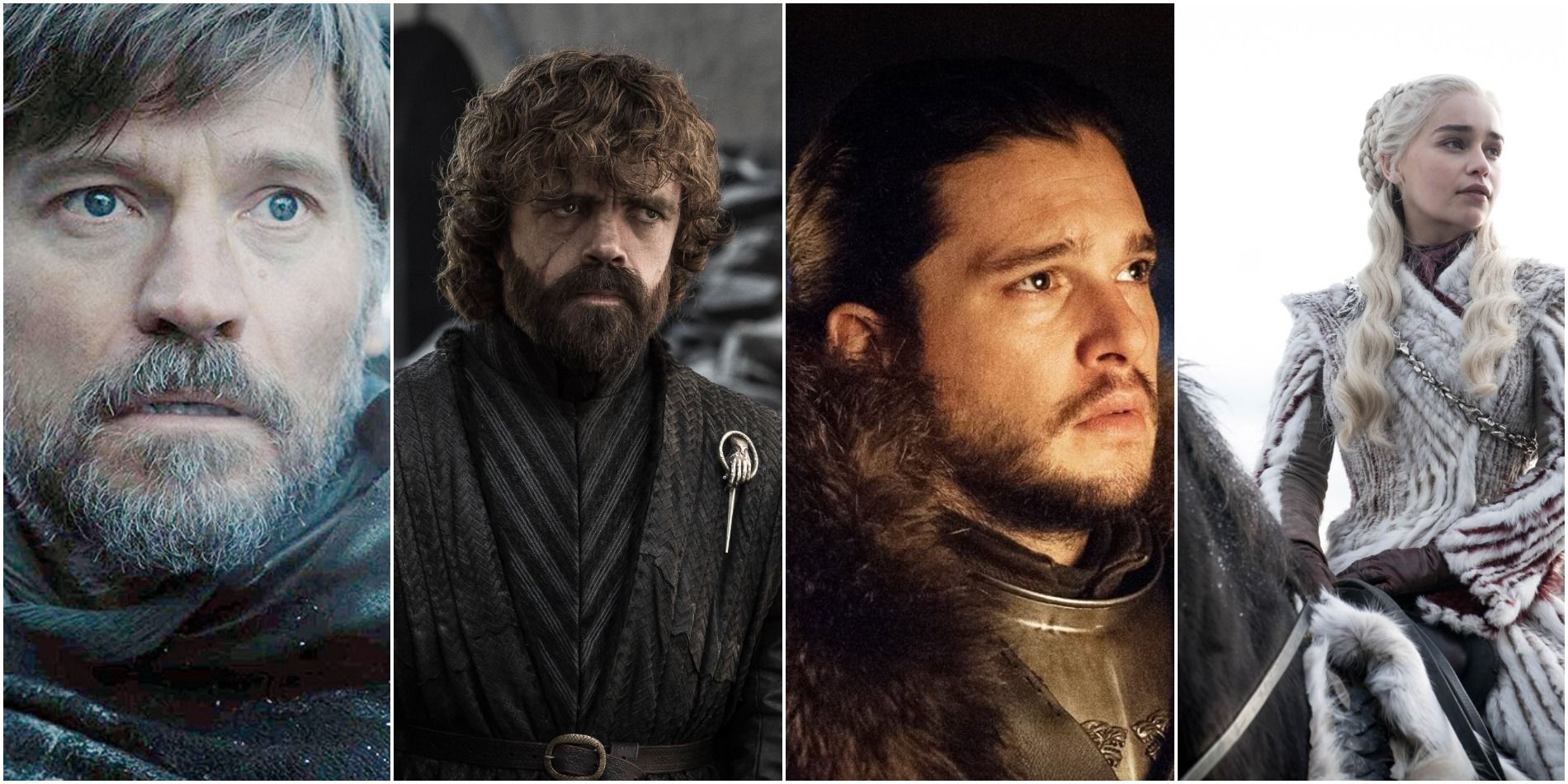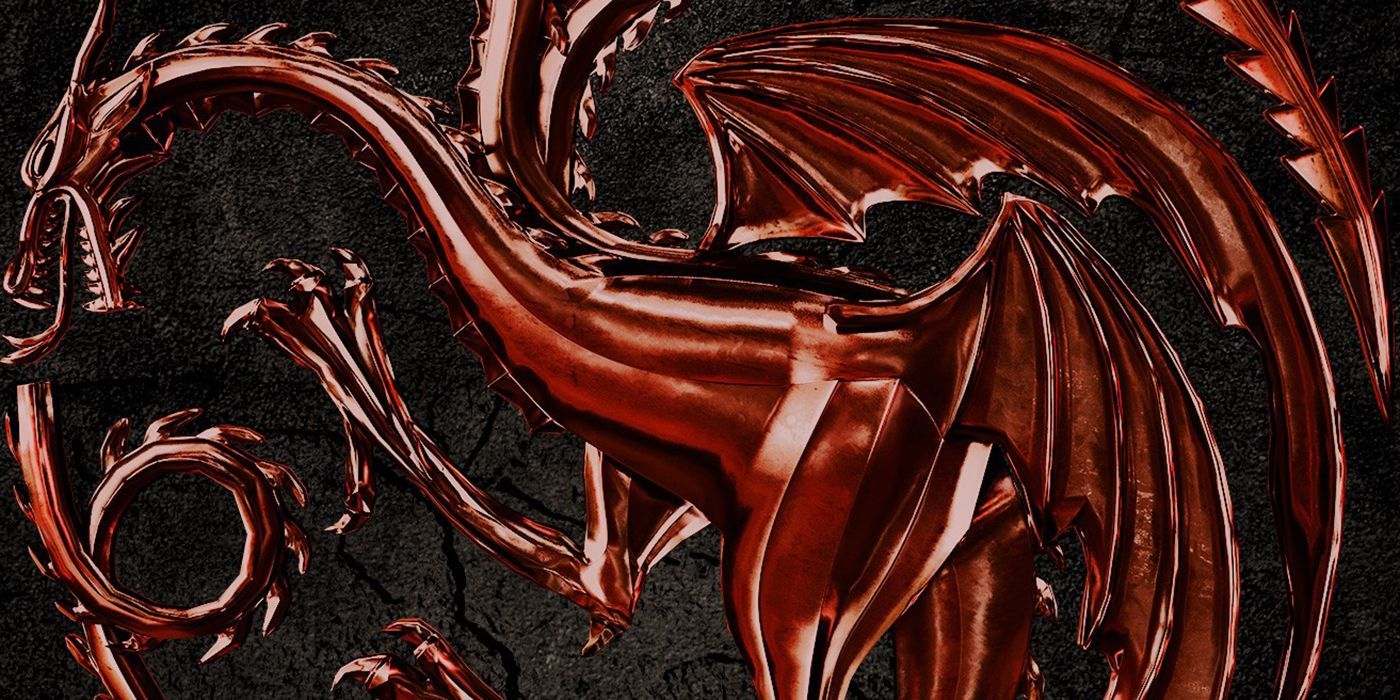HBO are wasting no time in capitalizing on the vast dark-fantasy world of George R. R. Martin's A Song of Ice and Fire. Multiple spin-offs were in early development, though the intention was never greenlighting all of them. A pilot was shot for a Naomi Watts-led series centered around the Age of Heroes, exploring the history of the First Men in Westeros, the lead-up to the first Long Night, and the earliest Starks.
It was cancelled before getting a series order and promptly replaced with the Targaryen origin prequel House of the Dragon--this time getting straight-to-series order. It's an exciting period of Westerosi history to cover, with the Dance of the Dragons being a climactic event. But the stain of Game of Thrones' season eight crash-landing will have some wary at best, so here's 10 things it misfired that House of the Dragon must get right.
Pacing, Pacing, Pacing
Ramped-up pacing became abundantly clear in seasons seven and eight, but considerably so with eight. A big part of this was that George R. R. Martin wanted 13 seasons, HBO apparently wanted 10, but David Benioff and D. B. Weiss made it just eight. D&D reportedly--and bafflingly--only wanted seven.
Gutting seven episodes/hours across both amplified problems, leading to eight going at breakneck speed to nonsensical endings. The writing felt like it took massive shortcuts, limping across the finish line, botching key arcs and the overall story. House of the Dragon needs to make sure to write each season (however many there may be) and episode to find a healthy way to pace the series.
Predictability Doesn't Always Equal Bad Writing
It's become a dreaded meme ever since, but "subverting expectations" isn't always clever writing, just like predictability isn't always bad, lazy writing. Perhaps the few characters that got good resolutions were arguably Theon Greyjoy and The Hound. Jaime's entire redemption arc was thrown out the window, Daenerys did a 180 into a supervillain in the span of 1-2 episodes, Jon was muzzled and sidelined, etc.
Sometimes characters have plotlines that seem expected by the end, but that could easily be appropriate and justified, like what Jon/Daenerys could have gotten. The skeleton of what House of the Dragon's premise will be is outlined and the creatives behind the show are mostly different from Thrones, so hopefully this won't be an issue. Though, it isn't alien for writers to do away with source material they're given.
Don't Cut Things Short
Among Game of Thrones' biggest problems was that it clearly ended too soon. In addition to writing overhauls to season eight, adding the four episodes it was desperate for were needed. Season seven, while still getting a generally-positive reception despite getting a weaker fan reaction than 1-6, still definitely needed those three episodes to close gaps and remedy pacing issues.
House of the Dragon needs to have a clear plan on how to tell the full extent of the overall story without running out of gas at the eleventh hour like Thrones' eighth season.
Don't Bite Off More Than You Can Chew
Something else to steer clear of is taking on too much too soon in terms of long-running character arcs. For a long time, it seemed like the character arcs of Thrones' respective characters would finish smoothly, but it was obvious by the end the story's overall scope was greater than the writers were prepared for.
With King Viserys Targaryen I being cast and Princess Rhaenyra, Prince Daemon and Alicent Hightower reportedly looking for contenders, some pivotal plotlines leading up to the Dance of the Dragons will be covered. Writers will need to pay attention to detail on many developments including how Rhaenyra's claim to the Iron Throne and Alicent's plotting against her to install her son after Viserys' death would clash and climax into the Dance.
Avoid Filler Content
The Sand Snakes of Dorne were introduced in season five, though the show massively scrambled the book's original Dornish arc. Ellaria and her daughters set on a vengeful plot to kill Myrcella Lannister, a plan that wouldn't have made Oberyn proud. Additionally, many fans just didn't take to the Sand Snakes, making this butchered plotline adaptation feel like bad filler.
With the broad strokes of Targaryen history available, writers need to be sure to be as faithful to Martin's work as possible. Fleshing out content when translating it to the screen is good, even welcome, but needless "creative liberties" that only taint key arcs is different and something to avoid.
Plan In Lieu Of Source Materials
Having a contingency plan in lieu of not having enough source material--something Thrones needed--could be smart. Ironically, House of the Dragon is based on Martin's Fire & Blood, which has an intended sequel that also isn't done yet. Targaryen history is referenced/outlined in the main series and lore compilations, but the books dedicated to it are half done.
Hopefully history doesn't repeat itself, but a "plan B" for how to approach the prequel narratively in the event they don't have the second for reference could be needed, and having Martin to consult and taking his suggestions more to heart may be that contingency. He won't write anything until at least after he's finished The Winds of Winter, but any advice is welcome.
Satisfying Payoff For The Series' Climax
The Dance of the Dragons is meant to be the biggest climax of the prequel, so building the foundation of that is critical. For Thrones it was--or should have been--the Long Night. It was hyped from episode one, but got an anticlimactic ending. It ended in an episode, with Jon making no direct confrontation with the Night King, and the latter going down shockingly easily.
The thing certain key characters spent eight seasons saying wasn't important--royal bickering, the Iron Throne--ended up becoming most important. Dragon needs to assure the Dance is a dramatic spectacle worthy of the build-up.
Invest In Dialogue
A surprising aspect--or perhaps not surprising--flaw was season eight's drastically-cut dialogue. Since Game of Thrones is a series and not a few 2.5-hour-long movies, it can afford, and needs, meaningful and engaging dialogue. Eight had the least amount of dialogue in the entire series, which was apparent in episodes like "Battle of Winterfell".
Thrones was known for compelling, well-written dialogue, but it became an afterthought. With that, this becomes simultaneously a problem House of the Dragon needs to avoid and a strength it needs to take inspiration from Thrones.
Concision In Intertwining Arcs
Intertwining character arcs--a former strength--that remained in the final season didn't mesh or conclude well. There are several obvious reasons why the payoffs heavily disappointed, but it's nonetheless evident that spending eight seasons fleshing them out intricately only to tangle them together, wrapping them up in six episodes hurt.
That's why the writers should think about concision when dealing with several major characters having their own arcs told concurrently to let their respective stories breathe. Let the characters help judge how long or short their arcs are while cutting the fat--in addition to how they converge.
Ensure All Hands On Deck
While still "creatively" related, this is more so a logistical precaution. Maybe it's some degree of speculation by fans, but it was well known that towards the end of Thrones D&D had taken some lucrative deals elsewhere. They signed a massive Netflix deal and, more notably, one with Disney/Lucasfilm to helm Star Wars movies.
Given the way season eight panned out, suspicions arose that the duo were perhaps rushing to the finish line so they can move on to those projects. It may be wise for HBO to ensure all creative hands are on deck for the long-haul despite potential work elsewhere to ensure quality and dedication.

